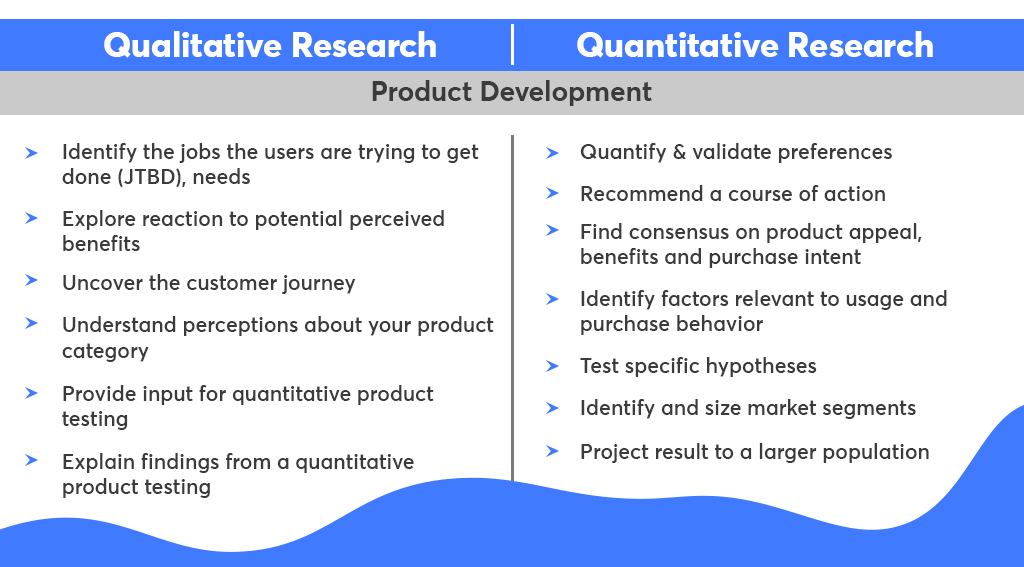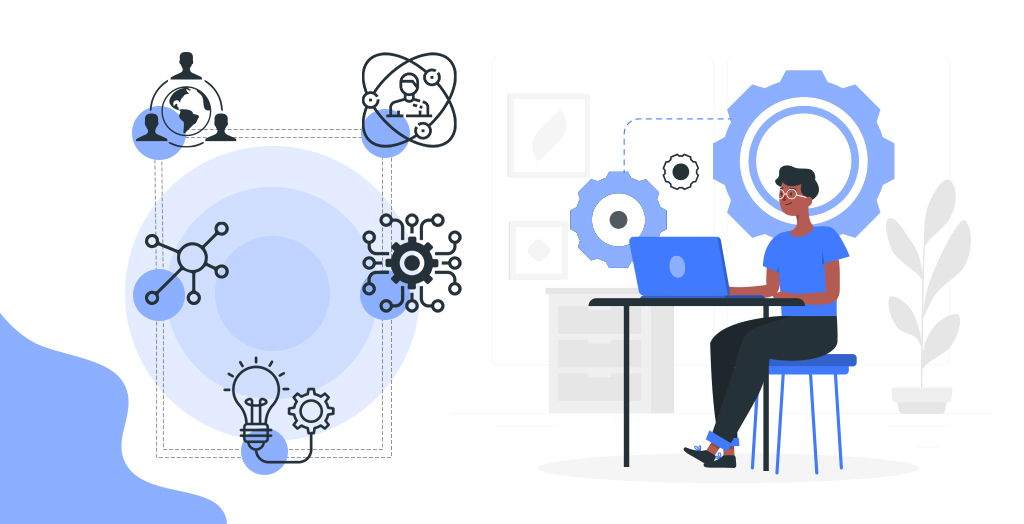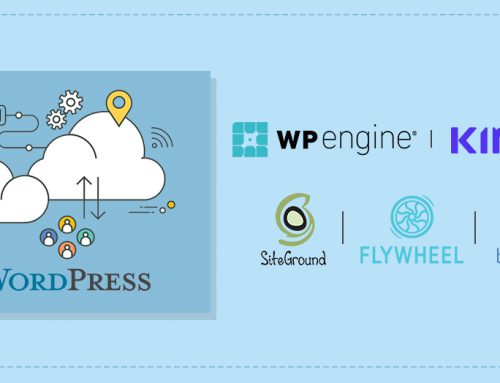Table of Contents
Products and services are the life force of businesses. As consumer preferences and needs constantly change, companies are required to introduce new products and services to remain competitive. Hence, investment in product development and opting for the best practices should not be considered just a nice-to-have- it’s crucial for business success.
Based on what we have seen in the latest pandemic, the dynamics of change in society are accelerating on a global basis. Increasingly, megatrends in society, like digitalization, sustainability, and servitization, are drastically affecting how IT services companies develop and provide new products and services. In light of this fact, it is important for businesses to keep tabs on the latest trends as well as practices of product development to stay relevant in the long run.
Embarking on product development is a challenging process. It needs considerable planning and execution and trends prove to be extremely handy in this. Trends are one of the best sources of change that can provide you with early warnings that will keep you apprised of what is right and wrong with your business. The information you gain here will help you construct a reliable system of discovering source changes.
If you are planning to develop your product, this article is what you need. In this article, we have compiled the top 5 product development trends that will help you to remain relevant and maximize the success of the project.
5 Product and Services Development Trends
-
1. Outsourcing
A product development process comprises a range of processes including strategizing, resources, expertise, and time. To deliver a flawless product and services on schedule and within budget, it’s advisable that a product development company should avoid employing all the processes in-house; instead, outsource the tasks to the expert.
There are many benefits to outsourcing new product development, which makes it an optimal approach in various situations.
- With outsourcing, you can obtain results faster, and you can save money on various types of costs.
- Outsourced experts add more perspectives, making the product more creative and innovative.
- It allows you to focus on the maintenance of existing systems.
- It allows you to maintain a proper workload distribution.
- Outsourcing reduces time-to-market.
A company that does not look at software product development outsourcing will lag behind, and as the market becomes increasingly competitive and globalized, this can mean serious problems for them.
-
2. User Experience Stays Prevalent as Forever
Brand experiences are evolving beyond products to digital platforms, content, communities, and even tools for self-analysis today. Hence, one should aim to integrate these areas into the product, thus designing the product to cater to the shifting channels.
Try to create an emotional experience for the customers. Make them feel good about the product when they receive it or use it. Packaging plays a vital role in this. Along with the product feature and benefits, focus on the packaging as well. Use a powerful and unforgettable tagline that quickly grabs user attention as well as speaks to your brand.
Another factor that adds to the user experience is your performance on multiple channels. Hence you should design and develop your product and services keeping the omnichannel experience in mind. An omnichannel marketing strategy allows you to meet your customers where they are, with the right message at the right time. With omnichannel marketing, you can deliver a unified customer experience that acknowledges the previous touchpoints along the customer journey.
-
3. Build your Product Ecosystem
Instead of restricting yourself just to a single product, build an entire product ecosystem. Create a system that empowers the customer to constantly engage with your brand. The product ecosystem consists of many complementary products or services that can be purchased and used together by customers.
By providing products and services that can serve a range of needs, a product ecosystem simplifies the lives of customers. They can all work together or integrate with each other peacefully which makes them more powerful and valuable for users.
How do you create a product mix or ecosystem?
- Listen to your customers, find out their pain points and build connections between the products.
- Simplify the connections within your product ecosystem, so that it is easy to access and use.
- Expand and evolve your product ecosystem.
- Educate the customers on how joining the ecosystem can be valuable. Introduce them with the cohesive features within the products.
With a product ecosystem, you can improve loyalty among customers, boost revenue, improve customer retention rates, and become better-known as an industry leader.
-
4. Integrate the Qualitative and Quantitative Research Tools
Another trend in the list is the integration and use of quantitative and qualitative tools throughout the product development process. The idea is, instead of using the qualitative project in the starting phases and then validating the project with the quantitative tools at the end, it would be better to use them simultaneously.
Here are some uses of qualitative and quantitative research-

- Qualitative research is an unstructured and exploratory approach used to define the problem or develop an approach to the problem. In contrast, quantitative research can deliver conclusive results. In this research type, results are projected over a larger population to quantify the problem and understand its prevalence.Integration of these studies can give you a solid base on which to base your business decisions. With this method, results can be analyzed earlier in the development process or at different stages of testing, allowing you to try out new methods and learn from them along the way.
-
5. Client Involvement during the Development Process
Client involvement in design and research is extremely beneficial. It is best to take advantage of the client’s knowledge of his company and product to the fullest extent possible. The client engagement process helps to improve understanding of his business needs and constraints and ensure he gets value from your products and services.
However, despite being so beneficial, many of the clients do not wish to be included in the process. In that case, you need to emphasize client involvement in the design process to the client. Tell them about the benefits of their involvement in the process. In what way will their involvement add value to the product?
By getting the right consumer feedback, you can turn a flop product into a significant success. Hence, instead of just including them in the upfront discovery phase you should involve them throughout the process.
Are you Ready to Develop a Contemporary Product for Your Business?
Disrupt or be disrupted!
In today’s world, business disruption is no longer just a passing fad; it’s the new normal. Businesses are now facing disruption on a regular basis, where once it was an exception decades back. This disruption is attributable to two factors: rapid advances in technology and globalization, which allow for the introduction of new business models, new products, and services more frequently at lower costs.
One key to surviving in a world of disruption, where the external environment is changing at lightning speed, is to keep up with rising trends and stay relevant. Hopefully, this article provided you with some guidance on the disruption of your product development. If you have any queries regarding product development or looking for assistance for your developing product or product engineering services, reach out to our product development experts.
























